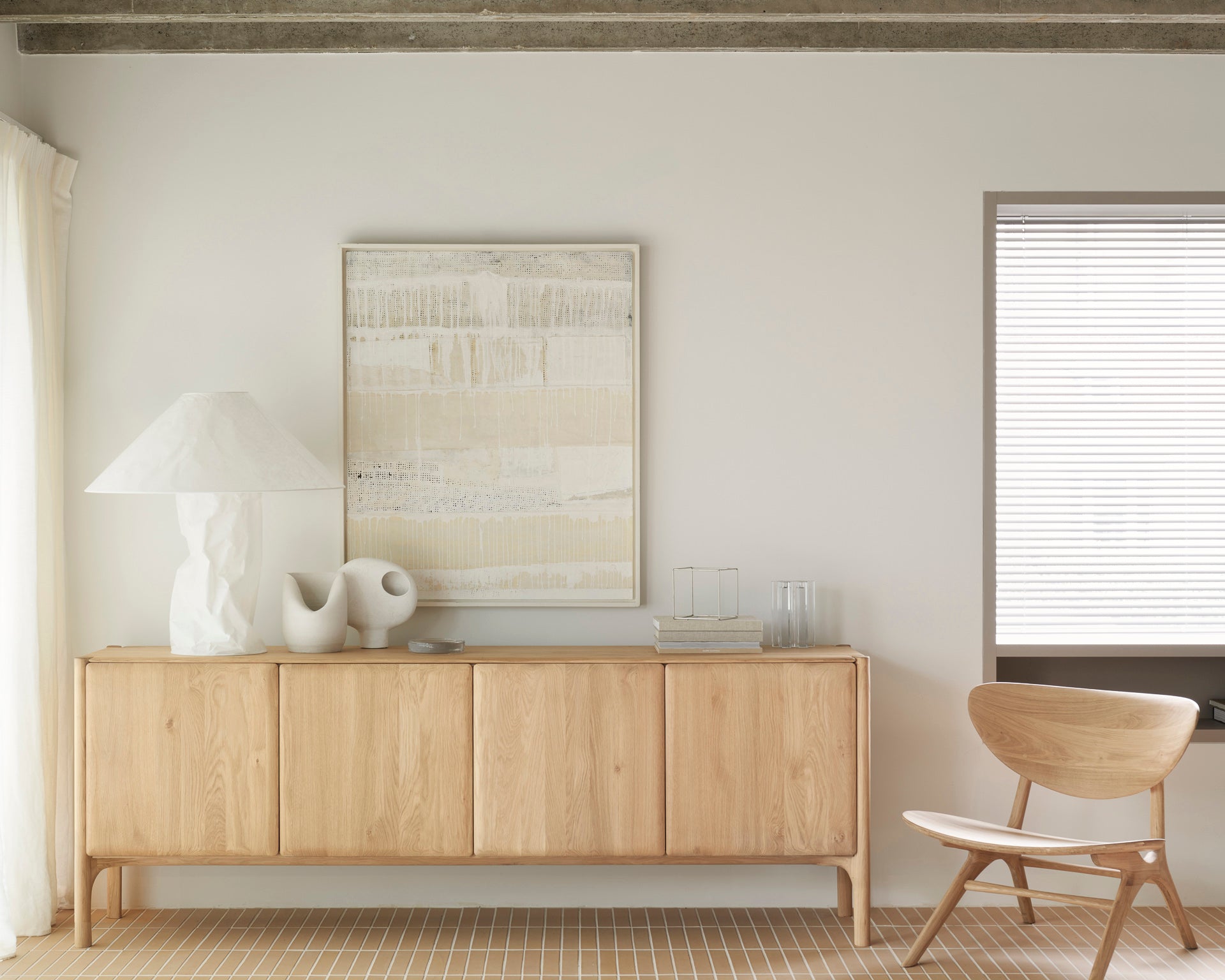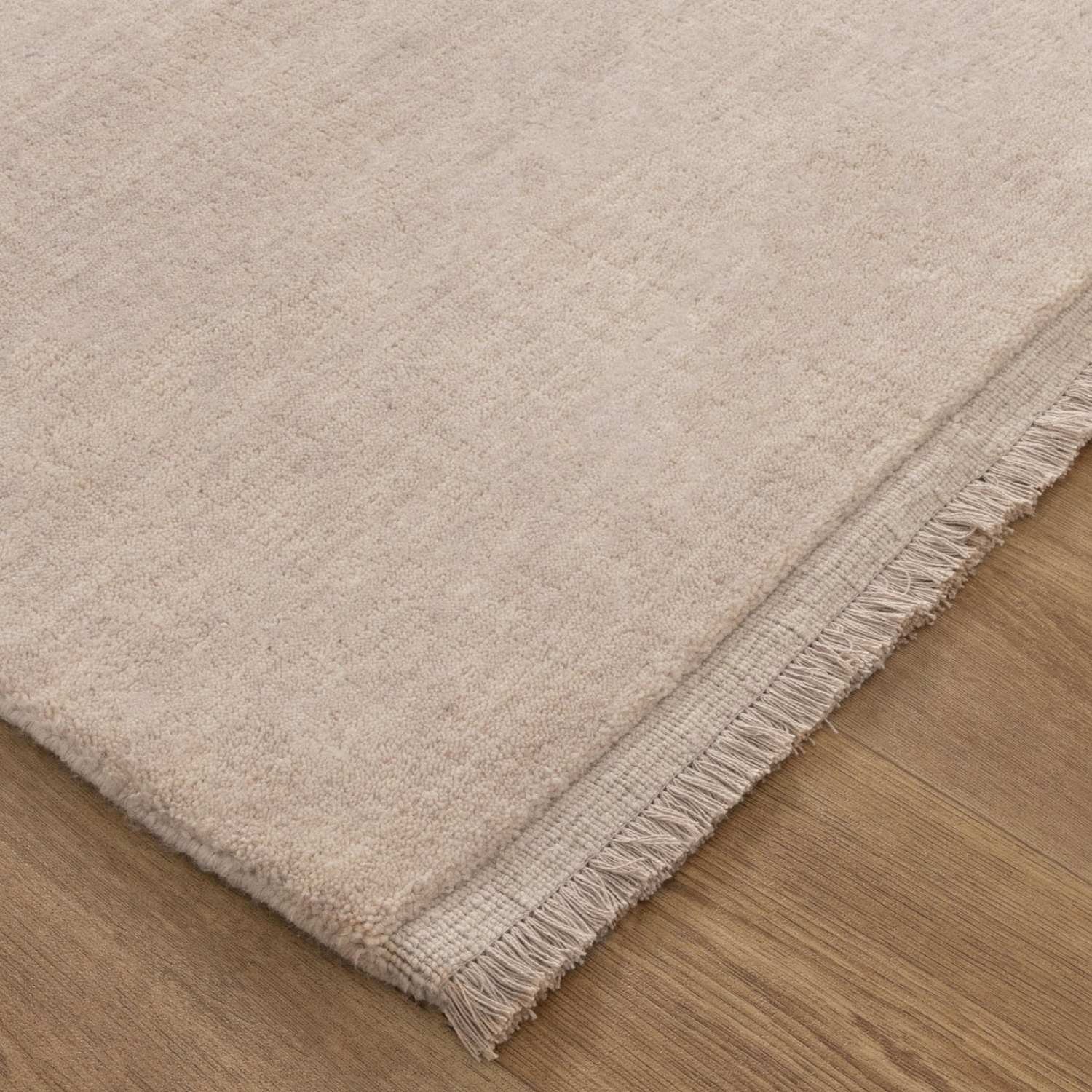Armadillo Rugs Care Guide
Armadillo Rugs Maintenance and Cleaning
Our rugs are handcrafted to give you many beautiful years of use. Prompt treatment of spills, regular vacuming and rotation of any rugs in high traffic or sunlit areas will extend their life.
Care instructions
The longevity of your Armadillo rug will be ensured if you follow a few simple rules:- Vacuum your rug regularly as shedding of loose fibres will occur with a new rug
- Promptly clean spills by blotting with a clean, undyed cloth
- Do not dry clean of use harsh chemicals that could dmage or fade your rug
- Never fold your rug for storage or keep in an airtight bag
- Avoid direct or continuous exposure to sunlight and rotate your rug to promote even wear.
- Professional cleaning is recommended on occasion to ensure the long life of your rug
Treating Spills
1. Carefully scrape up as much of the spill as possible with a spoon or dustpan and blot any liquid residue with kitchen paper towel or other colourfast absorbent material. Do not rub
2. Take a clean piece of the absorbent material and fold it into a thick wad. Cover the spill with this and add a weight (heavy book or other flat object) on top to help draw the liquid upward. Leave it for ten minutes
3. If the spill has left a stain, decide if it is water based or oil based and treat it as below.
Water based spills include beer, wine (red or white), soft drink, cordial, fruit juice, tea, coffee and urine. They are treated with lukewarm water.
Oil based spills contain some type of oil, fat or greasy substance and include ice cream, gravy, mayonnaise, cream, make up and lotions. They are treated with detergent in lukewarm water. As our rugs are crafted from natural fibres, we recommend only using a WoolSafe Approved detergent. Look for the WoolSafe logo when selecting a cleaning product for use on your Armadillo&Co rug.
4. For both types of spills, the process is the same: Blot – Dilute – Blot…
Water based spills. Blot the spill as described previously. If some stain remains, dilute it with water. Blot this using absorbent material. Repeat this step until no more stain can be removed.Oil based spills. Blot the spill as described previously. If some stain remains, dilute it with the detergent solution. Blot this using absorbent material. Now dilute the stain with clean water and blot again. Repeat these steps until no more stain can be removed.
For both types of spills, finish with a final treatment…In a small trigger spray bottle, mix 1 part of white vinegar and about 5 to 10 parts of clean water. Spray this onto the affected area. Cover it with a thick wad of absorbent material and add a weight (heavy book or flat object) on top. Leave it for 24 hours before removing the weight and wad and allowing the rug to dry completely.
Important note on highly coloured spills
Highly coloured products, such as paint, nail polish, shoe polish, lipstick and glue, will not respond to these simple treatments. We advise you not to treat these spills yourself, as doing so may create a larger or permanent stain. These types of spills are best treated by a professional WoolSafe Approved Rug Cleaner. Find one near you at www.woolsafe.org
Red cordial and other coloured drinks contain food colouring. Food colouring is an acid dye that is also used to dye wool and nylon fibres. Putting detergent on this will simply carry it into the fibres of your rug faster and set the stain. If after treating with water the dye stains persist, contact a professional WoolSafe Approved Rug Cleaner.
Treating gradual build up of dirt
Even with regular vacuuming and careful use, you may find dirt and debris will build up in your rug. It is possible to refresh your rug with gentle treatment.
Dry soiling
Sand, grit, dust, clothing fibres, skin flakes and hair are examples of dry particle soils. Most of these will be removed with regular vacuuming. For those that remain deep within the fibres, a thorough vacuuming should remove them and restore the original beauty of your rug. Do this two or three times each year on a dry day when the humidity is low. Natural fibres tend to absorb moisture from the air, which can bind dry soils to your rug.
Vacuum the front of the rug, then turn it over and vacuum the reverse. You may find some dirt loosens from the weave as the rug bends. Turn the rug over and vacuum the front again. To ensure even wear and minimise the natural fading that occurs from sunlight, rotate your rug end-to-end when repositioning.
Rugs that are cut pile only can be vacuumed with an upright or barrel vacuum cleaner with an agitator head. The revolving brush inside will help to dislodge soil from deep within the pile. For loop pile or cut and loop pile rugs, a suction only vacuum cleaner is recommended.
Oil based soiling
A build-up of oily soils can result in your rug looking dull and grey, despite regular vacuuming. Pollution, cooking fumes, sweaty feet and road grime are examples of this soiling, which is resistant to cleaning with water alone. To clean this type of build-up, use a gentle, WoolSafe Approved treatment, such as the Host Dry Carpet Cleaning Kit (available from Armadillo&Co), or contact a WoolSafe Approved Service Rug Cleaner.
Water soluble soiling
Some soils, such as mud, salt and sugary drinks, are water soluble and only need water to release the particles from the rug. To treat these, vacuum to remove any dry particles. Wet the stain with lukewarm water, then treat as for water based spills. Once dry, vacuum again.
Dye stains and other colour changing chemistry
Some spills that are left untreated over time can affect the natural fibres of your rug. These include those that contain natural and synthetic dyes (cordial and other coloured drinks, red wine) and those that change the chemistry in the fibre (fruit juice, urine, bi-carb soda, bleach and other cleaning products). This chemistry-changing group can adversely affect the natural proteins (fatty acids) in wool and the cellulose (sugars and tannins) in natural fibres such as cotton, jute, hemp and other plant-based fibres.
For this reason, any treatment needs to be extremely gentle. Wet the stain with lukewarm water. Then treat as for water based spills, stopping at the final blotting stage. Do not finish with the vinegar treatment.
It is important not to use any other treatments, as these may cause physical damage or carry the stain deeper into the fibre.
Rug care
Our rugs are infused with a rich history of ancient craftsmanship. To preserve their beauty and prolong their life, follow these suggestions for rug care.- Rotate rugs from end to end or place them in different parts of the house to share the wear.
- Direct sunlight and heat sources, such as gas heaters and fireplaces, can cause the natural fibres to dry out and fade. Position your rug away from both.
- Reduce bacteria build-up with sunlight and kill any moth eggs naturally. Every few months, turn your rug over and place it in the sun for an hour. Vacuum the back of your rug before repositioning.
- Keep rugs dry and out of dark places, such as tucked tightly under lounge suites or furniture. Some insect larvae eat proteins as wool and adult moths, in particular, will lay their eggs in dark, damp and warm spaces.
- Clean hard floors regularly with microfibre mops and water only (no detergents), or use a steam mop if appropriate. Detergent and soap residues can become sticky and collect other dirt, which is then walked onto your rug. By keeping your hard floors clean, your rug will stay cleaner for longer.
- Move rugs a few centimetres every month to soften any fading on carpet or timber floors underneath. When the rugs are eventually moved from the room, the fading on the floor will be graduated and less noticeable.
Rug protection treatment
An optional rug protection treatment is available for your rug before you take it home. This will help to increase its life and provide protection against stains, mould, mildew and sun fade.MicroSeal is an environmentally friendly treatment that can be used on all types of natural and synthetic fibres. Independently laboratory tested, it is the only WoolSafe Approved textile sealant and will not change the colour or texture of the rug. The treatment lasts up to 10 professional cleans before it needs to be reapplied.
Non-toxic, non-allergenic and biodegradable, MicroSeal has no lasting smell and does not give off VOCs. The treatment is ideal for rugs in residential or light commercial settings.
Find an authorised applicator, obtain a quote or make a booking: www.microseal.com.au/contact-us Free call 1800 189 907 (Australia)



